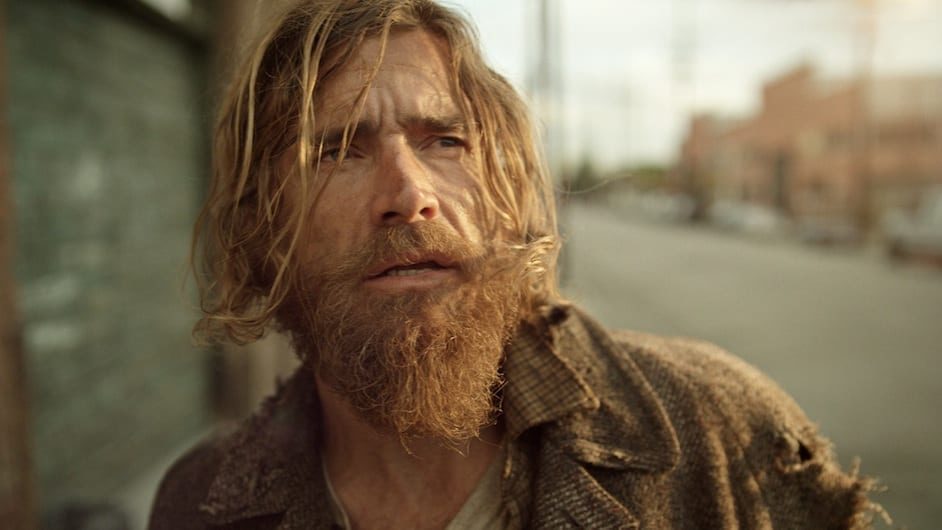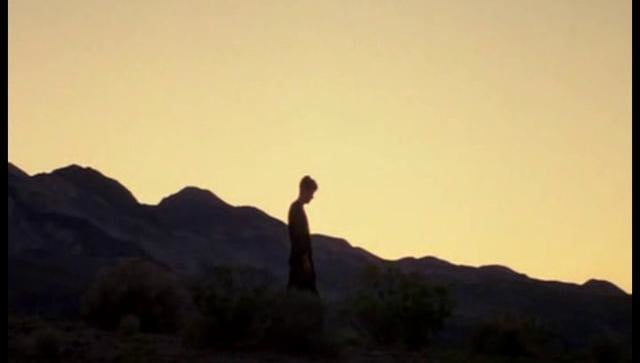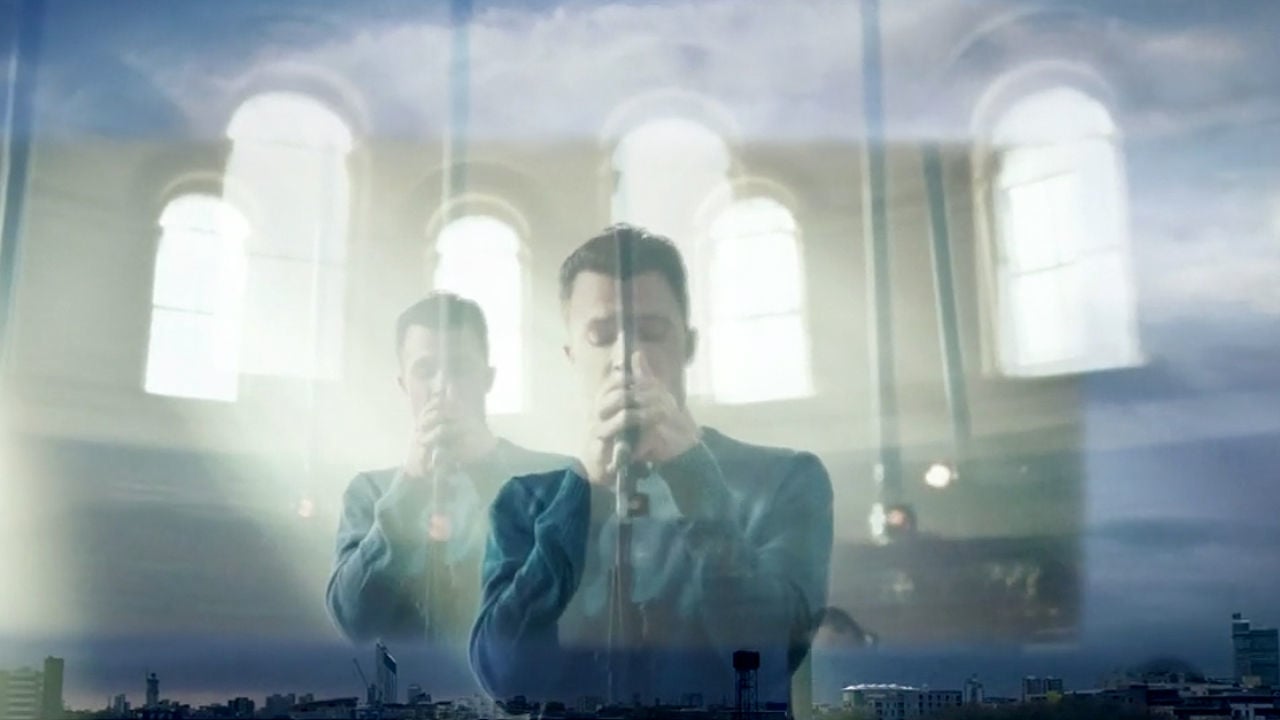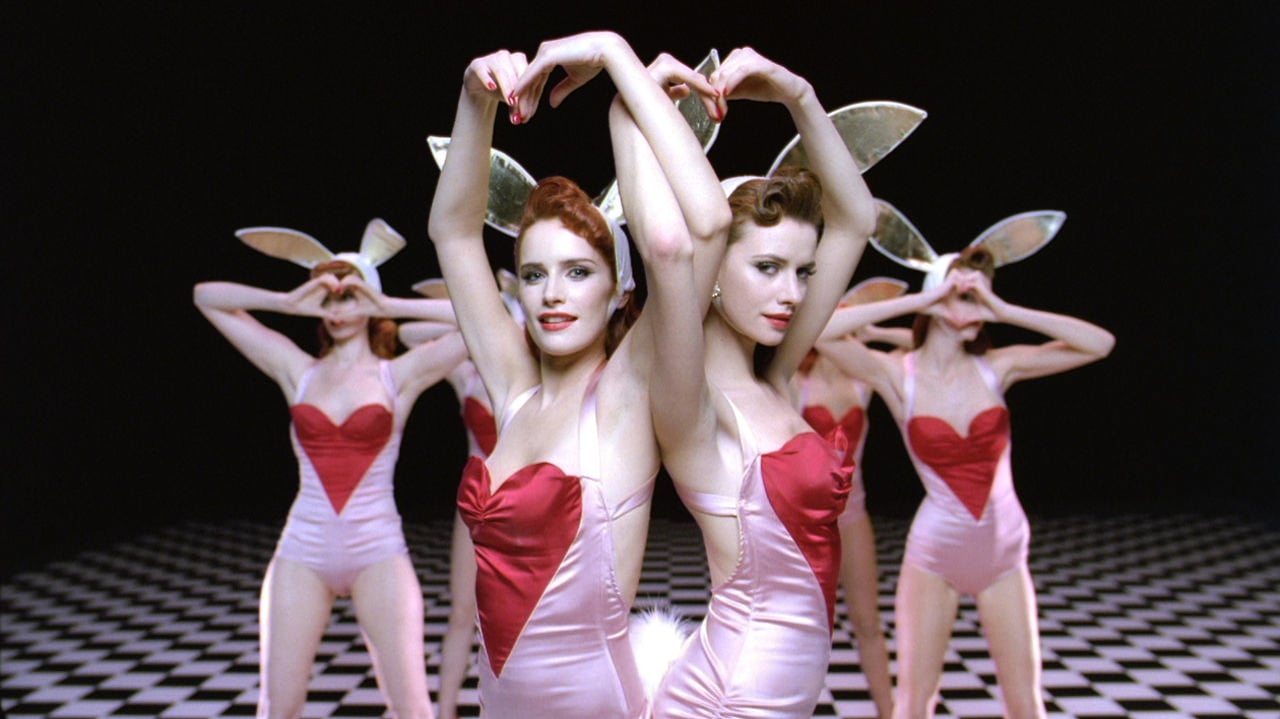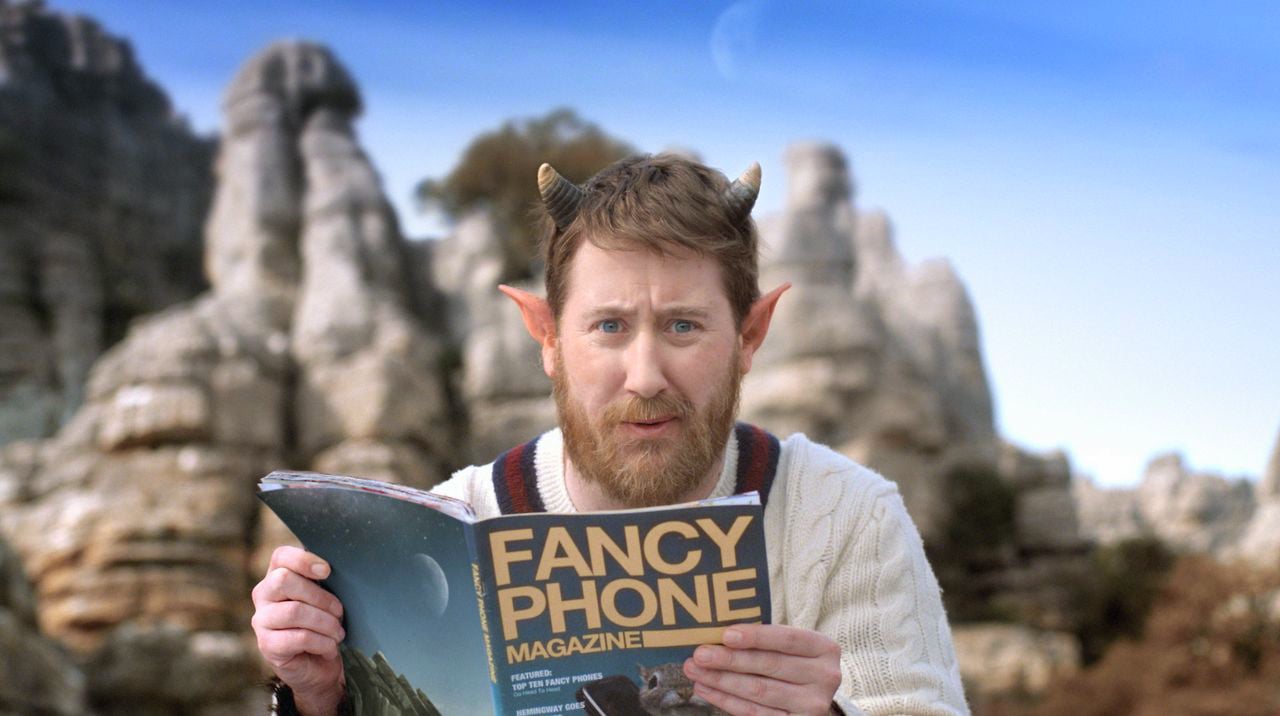After nearly a decade of directing as duo Diamond Dogs you have decided to go your separate ways, what was behind your decision to go independent?
Diamond Dogs has been a great experience but ultimately we needed to pursue our own paths. It was time to move on and push things forward.
Your first independent short film One Man’s Loss, has just been selected by the LA Shorts Festival. 1.4 loves it too. How did the narrative come about – what inspired the story?
I really wanted to work more on story telling and dialogue, so I set myself the challenge of directing an argument between a couple – it seemed quite achievable and focused. That’s where it started. However I was working on another project about luck at the time. I’d been spending a lot of time in LA and was fascinated with the street life there.
I did a lot of driving around and exploring taking photos – it seems only tramps and English men walk in LA. It’s so warm that living on the streets is very common and my mind started to wonder how people get into that situation and more to the point how they could get out of it. I remember seeing an old pair of trainers hung over a wire, and it was so hot on the sidewalk it made me think how lucky I was to have shoes on. It didn’t take long before the ideas all merged into one.
Please tell us about the production – why did you shoot it in the States? Did everything go according to plan or were there some major challenges?
The sunlight, the building textures and the characters you find in LA are amazing – it made sense to shoot there. I didn’t want to see another angle of East London on my showreel. As far as planning went I had made some money shooting an ad in Australia so I decided go home via LA and make it happen. I turned up with a half finished script and a lot of enthusiasm. Luckily my friend Richard Weager agreed to put me up and produce the film for me, otherwise it would have been impossible.
The biggest challenge, other than staying calm whilst Hande [the Parisian actress in the film] was stuck in immigration for three hours, was finding a guy who was both convincing enough as Tramp, and good looking enough in a suit to be the kind of guy a girl might drive away with on a hunch. I was basically running out of time to find this illusive character, so I decided to go street casting in Venice. I saw Tracy at a motorbike cafe on Lincoln Boulevard, followed him along the street and asked him to come for a casting – he was perfect. He’d never acted before and had literally just moved to town, it’s a classic LA story really. The amazing thing is he actually designs shoes for a living – quite a coincidence considering the plot is driven by a pair of leather brogues.
Diamond Dogs work doesn’t fit into any one genre – there’s animation, vfx heavy work and live action. Is there any particular style you prefer?
I guess we had quite diverse tastes. I’m as excited about grabbing a camera and shooting doco style, as I am about working on big art directed sets. Magical realism is my overriding theme, the extraordinary in the everyday.
Where does your heart lie – commercials, music videos or short films?
I love them all, film making is my passion. I want to explore more drama and make feature films eventually.
What is your normal creative process – do you think in pictures or words, do you sketch out ideas until something clicks or do you start with the dialogue then evolve that into visuals? Do you storyboard your films in detail?
I write things down a lot and always carry a notepad wherever I go. I’ve got a stack of them going back 15 years or more. I could be inspired by an encounter, a story, an article in a newspaper, a documentary or an image on a screen – anything really. Then I’ll find a ton of references and put mood boards together to illustrate what I’m thinking of.
I also like to film sequences with friends, to work out the shots and workshop dialogue until it feels natural. Once I’m in a good place with the script, I’ll get stuck into some rough drawings and boards. I always get a storyboard artist to polish things up after that – they are great at suggesting angles, cutting out shots etc. It’s good to get another pair of eyes on things.
Do you like to collaborate with a regular crew, in particular cinematographer?
There is a whole host of crew I love working with. Initially as Diamond Dogs we always worked with Will Bex as our cinematographer. We kind of grew our careers together. These days we all mix things up a bit, that way you learn a lot more. Different cinematographers have different styles or techniques, so it makes sense to pick crew based on the individual job. I lucked out on One Man’s Loss because Ross McLennan had just moved to LA – I’d wanted to work with him for a while but it just hadn’t played out – this was the perfect opportunity. Sam Goldie is another cinematographer I like to work with.
What’s the wisest thing anyone has ever said to you about film making?
I’m not sure how I know, but I do know. – Albert Watson
Did you study film making at film school or did you learn on the job?
I studied Fine Art at Art College. My work was mostly film & video installations. I learnt to edit using film cutters and U-Matic suites at college but everything else I learnt on the job. Music videos were my film school.
Are you currently represented by a production company?
No, not at the moment.
LINKS
